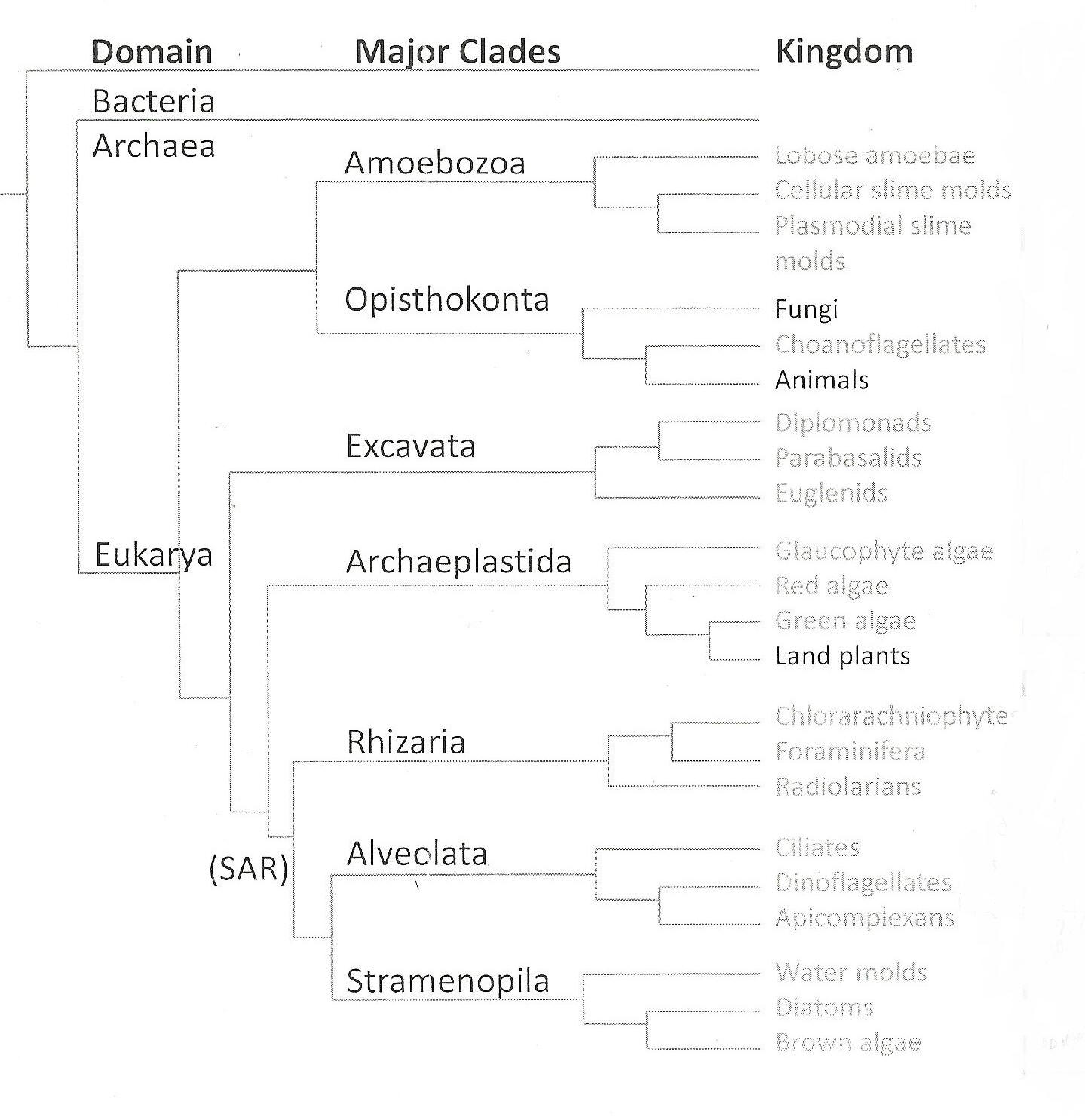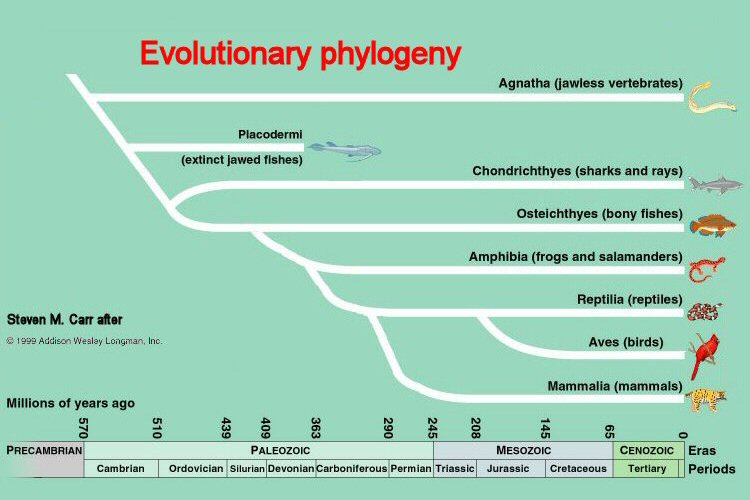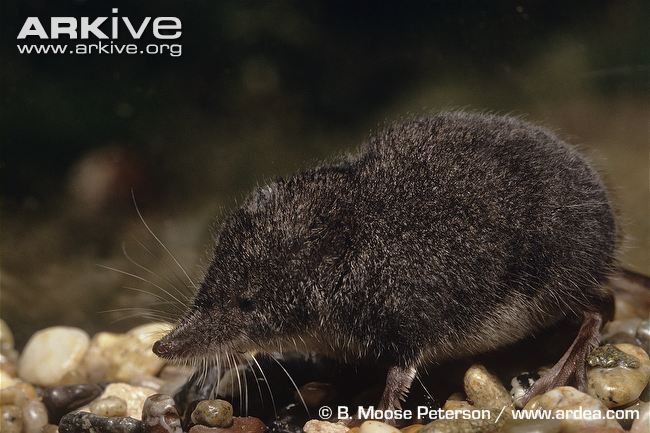Classification
The classification of Sorex pacificus is as follows:
· Domain: Eukarya
· Kingdom: Animalia
· Phylum: Chordata
· Class: Mammalia
· Order: Insectivora
· Family: Soricidae
· Genus: Sorex
· Species:
pacificus
 When translated literally, Sorex pacificus means "Shrew
pacific," and when rearranged into English format, we are given the
common name, "Pacific shrew." As a member of the domain Eukarya, Sorex pacificus has
cells that contain membrane bound organelles, including a nucleus.
In addition, many of the members of the domain Eukarya are
multicellular and, if they have cell walls, the cell walls are not
made of peptidoglycan like in bacteria.
When translated literally, Sorex pacificus means "Shrew
pacific," and when rearranged into English format, we are given the
common name, "Pacific shrew." As a member of the domain Eukarya, Sorex pacificus has
cells that contain membrane bound organelles, including a nucleus.
In addition, many of the members of the domain Eukarya are
multicellular and, if they have cell walls, the cell walls are not
made of peptidoglycan like in bacteria.
Members of
the kingdom Animalia are all eukaryotic organisms that must ingest
other organisms to survive. They have no cell walls, but are
supported by an internal cytoskeleton. Like the pacific shrew,
animals have specialized cells and tissues that carry out different
functions within their bodies. Animals are motile during at least
part of their lives.
The next step
in the Pacific shrew’s classification is the phylum Chordata. This
phylum contains organisms that have a dorsal hollow nerve chord and
a notochord. In addition, they have pharyngeal gill slits and a
muscular tail at some point in their development. As an organism
with a backbone and tail, Sorex pacificus matches this
description.
Moving on
through the classification, the Pacific shrew belongs to the class
Mammalia. Members of this class are warm blooded and have hair or
fur on their bodies. They usually have young that are born alive,
and feed them with milk. By definition, all mammals are also
vertebrates.
 Classification
thus far from Animalia to Mammalia is summarized in this figure.
Classification
thus far from Animalia to Mammalia is summarized in this figure.
Focusing
further, Sorex pacificus belongs to the class called
Insectivora. This is an obsolete taxonomic order, but members of
this former class that describes a set of organisms that typically
have long snouts and eat mostly insects. In the case of the Pacific
shrew, other types of food like seeds and other small mammals are
eaten. For more specifics, visit the
Interactions page.
Next in this
shrew’s classification is the family Soricidae, which stands for
shrews. These animals have long and pointed noses along with small,
external ears. Unlike mice, they lack zygomatic arches, which makes
their skulls long and narrow (Pleistocene vertebrates of Arizona,
New mexico, and Trans-Pecos Texas).
Also from the
previous source, the genus of
the Pacific shrew, Sorex, contains shrews that have five
unicuspid teeth. Many of the species in this genus can only be
distinguished by examining their dental structure as this is unique
to each species. Next, the species name pacificus pertains
to the location that these shrews are found, including areas of the
United States’ Pacific Northwest. For more information on the
habitat and range of Sorex pacificus visit the
Habitat and Geography page.
The
Smithsonian has a very interesting interactive familly tree
available for the Pacific shrew, which allows further exploration
into its relatives, found
here.
Go Home
Move on to Habitat and Geography
